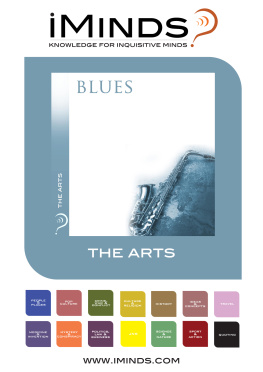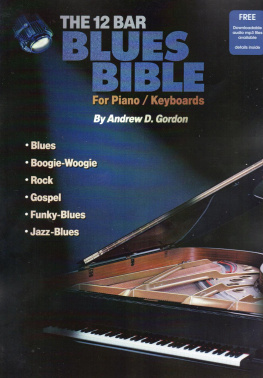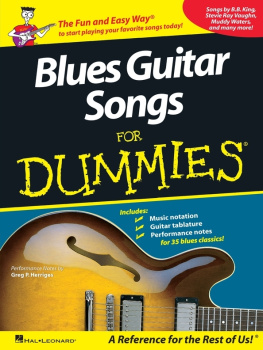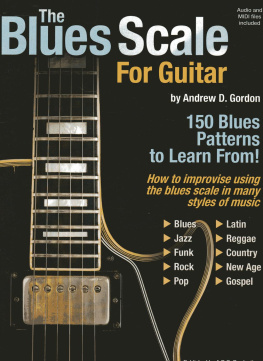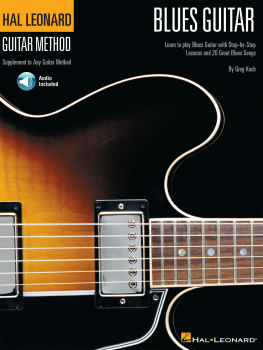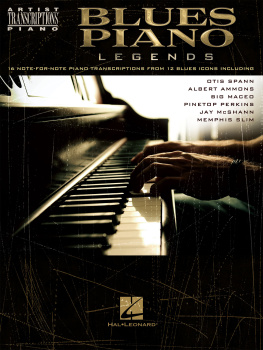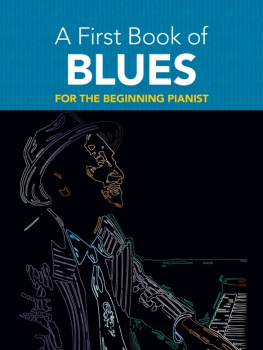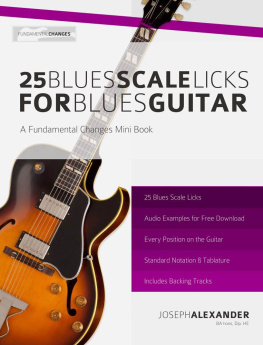LOUIS ARMSTRONGS HOT FIVE AND HOT SEVEN RECORDINGS
OXFORD STUDIES IN RECORDED JAZZ
Series Editor JEREMY BARHAM
Louis Armstrongs Hot Five and Hot Seven Recordings
Brian Harker
The Studio Recordings of the Miles Davis Quintet, 196568
Keith Waters
LOUIS ARMSTRONGS HOT FIVE AND HOT SEVEN RECORDINGS
BRIAN HARKER


Oxford University Press, Inc., publishes works that further
Oxford Universitys objective of excellence
in research, scholarship, and education.
Oxford New York
Auckland Cape Town Dar es Salaam Hong Kong Karachi
Kuala Lumpur Madrid Melbourne Mexico City Nairobi
New Delhi Shanghai Taipei Toronto
WITH OFFICES IN
Argentina Austria Brazil Chile Czech Republic France Greece
Guatemala Hungary Italy Japan Poland Portugal Singapore
South Korea Switzerland Thailand Turkey Ukraine Vietnam
Copyright 2011 by Oxford University Press, Inc.
Published by Oxford University Press, Inc.
198 Madison Avenue, New York, New York 10016
www.oup.com
Oxford is a registered trademark of Oxford University Press.
All rights reserved. No part of this publication may be reproduced,
stored in a retrieval system, or transmitted, in any form or by any means,
electronic, mechanical, photocopying, recording, or otherwise,
without the prior permission of Oxford University Press.
Library of Congress Cataloging-in-Publication Data
Harker, Brian.
Louis Armstrongs Hot Five and Hot Seven recordings / Brian Harker.
p. cm.(Oxford studies in recorded jazz)
Includes bibliographical references and index.
ISBN978-0-19-538841-1; 9780-19-538840-4 (pbk.)
1. Armstrong, Louis, 19011971Criticism and interpretation.
2. Jazz1921-1930History and criticism.
3. Hot FiveDiscography.
4. Hot SevenDiscography. I. Title.
ML419.A75H37 2011
781.65092dc22 2010019801
9 8 7 6 5 4 3 2 1
Printed in the United States of America on acid-free paper
TO MY PARENTS
SERIES PREFACE
THE OXFORD STUDIES IN Recorded Jazz series offers detailed historical, cultural, and technical analysis of jazz recordings across a broad spectrum of styles, periods, performing media, and nationalities. Each volume, authored by a leading scholar in the field, addresses either a single jazz album or a set of related recordings by one artist/group, placing the recordings fully in their historical and musical context, and thereby enriching our understanding of their cultural and creative significance.
With access to the latest scholarship and with an innovative and balanced approach to its subject matter, the series offers fresh perspectives on both well-known and neglected jazz repertoire. It sets out to renew musical debate in jazz scholarship, and to develop the subtle critical languages and vocabularies necessary to do full justice to the complex expressive, structural, and cultural dimensions of recorded jazz performance.
JEREMY BARHAM
SERIES EDITOR
ACKNOWLEDGMENTS
THROUGHOUT THE PROCESS OF working on this book, I have benefited greatly from the wisdom and generosity of others. The first debt of gratitude must go to my dissertation advisor, Mark Tucker, a great scholar and a good man who was taken from us well before his time. Mark introduced me to a way of thinking about early jazz that took seriously the views of those who created it without dismissing the insights of critics who approached the music from a different perspectiveGunther Schuller, Andr Hodeir, Lawrence Gushee, and Martin Williams, among others. The dissertation I wrote under Marks direction laid the conceptual foundation for this book. I only wish he were here to see (and help improve) the final result.
A fellowship from the National Endowment for the Humanities, together with grants from the Jean-Claude Baker Foundation and the School of Music and the College of Fine Arts and Communications at Brigham Young University, made it possible to conduct research in the New York City and Chicago areas. I am grateful to the many specialists and curators who guided me through their collections: Dan Morgenstern and the staff at the Institute of Jazz Studies at Rutgers University-Newark; Michael Cogswell and the staff at the Louis Armstrong House and Archives at Queens College; the staff members of the New York Public Library, Performing Arts Division, and the Schomburg Center for Research in Black Culture; and the staff members of the Chicago Public Library, Woodson Regional location.
While investigating the realm of dance, a field foreign to me, I relied heavily on a number of experts. Again, Mark Tucker pointed the way many years ago, when in the course of advising me on my dissertation he suggested that I watch for connections between trumpet players and dancers. At the time I had no idea what he was talking about. When I finally figured it out and needed guidance, I received help from several remarkable individuals, some of whom performed small miracles on my behalf. Margo Jefferson offered valuable advice at a crucial moment. One of her tips led me to Jean-Claude Baker, who shared so much, including period photographs, financial support (through a grant from the Jean-Claude Baker Foundation), and delicious meals at his restaurant, Chez Josephine. I also owe a debt of gratitude to Pryor Dodge, the son of Roger Pryor Dodge, early jazz critic and eccentric dancer extraordinaire. Pryor was most generous in sharing knowledge and artifacts of his fathers legacy. For their help in tracking down information on Brown and McGraw, I am grateful to my friends Mark and Tory Perry, Erlon Hodge of the New York Supreme Court, Margaret Hyson of the Brigham Young University Family History Center, Ernest Brownie Brown of the great dance team Cook and Brown, and Lane Alexander and Reggio McLaughlin of the Chicago Human Rhythm Project. Thanks also to Frank Driggs, who provided the only known photo of Brown and McGraw, and to Albert Lawrence, a nephew of Brown and McGraw, who shared his memories with me.
As always with projects like this, I am grateful to friends and colleagues in academia, both at Brigham Young University and elsewhere, for their expert advice, moral support, letters of recommendation, and willingness to read unpolished prose. I would particularly like to thank Thomas Brothers, Samuel A. Floyd Jr., Krin Gabbard, Charles Hiroshi Garrett, Michael Hicks, Steven Johnson, William Howland Kenney, Charles Kinzer, Jeffrey Magee, Lewis Porter, and Kate Van Orden. Scholarship is a lonely calling, and the association of such people provides much-needed camaraderie and a measure of protection from ones historical delusions. Whatever delusions remain in this work, I hasten to add, are mine and mine alone, cherished and coddled day and night in the padded cell that I call my office.
I want to thank Jeremy Barham, editor of Oxford Studies in Recorded Jazz, for inviting me to contribute to the series, and Suzanne Ryan, music editor at Oxford University Press, for her staunch enthusiasm and support. They have been a pleasure to work with from beginning to end. Thanks also to Liz Smith and Karen Fisher, who prepared the manuscript and did the copyediting. At Brigham Young University, Joseph Sowa helped create the musical examples.
Next page

